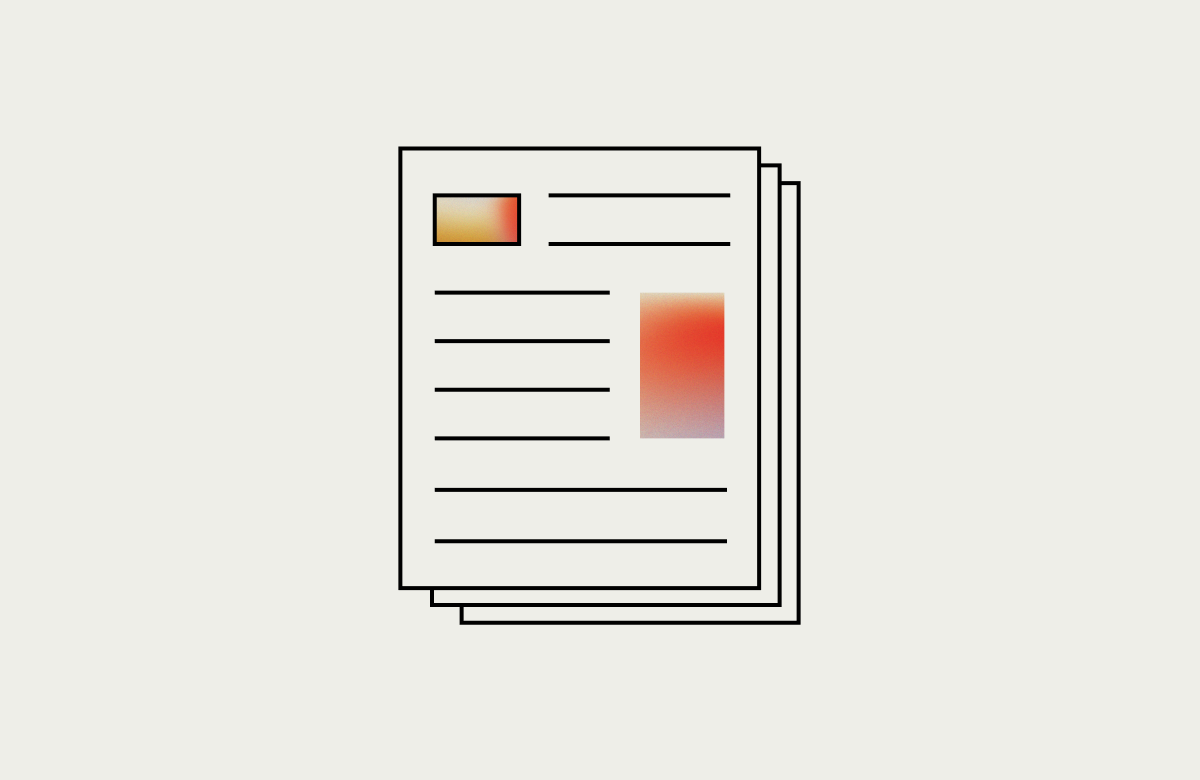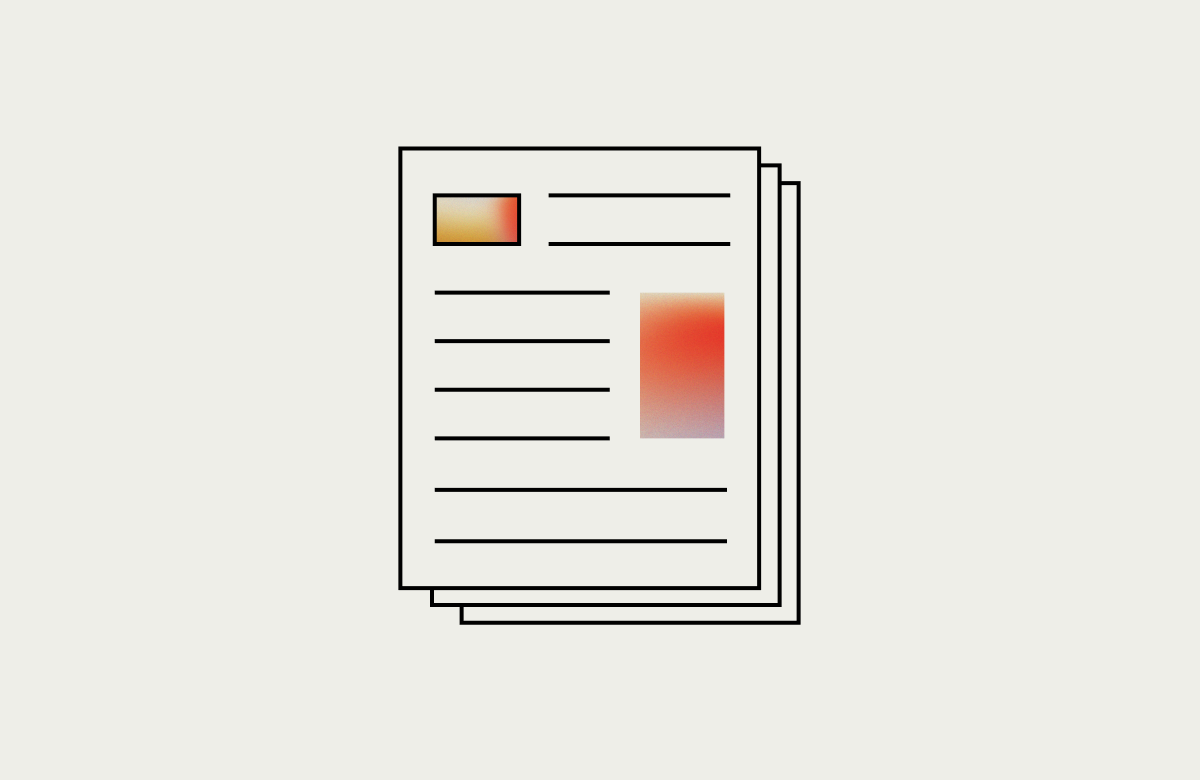UX/UI design is the foundation of a user engaging and performing tasks with your product.
Whether your product needs an update or if you are launching a new product it is important to understand the ways to protect your investment with good planning and usability testing. Doing early-stage testing can help identify design problems before they become costly.
1. Increase your ROI
Fixing an error in a product can be up to 100 times more expensive than it would have been to implement early-stage testing. One of the simplest analogies that can be made is comparing your product to building a house. Design and inspection of the building process for a house are critical. If the house’s foundation is laid incorrectly and the foreman ignores inspections it can prove to be extremely costly for repairs later.
Some common problematic areas in product development where usability testing can save time and money are:
- Avoiding overly complex navigation structures
- Building extra product features that users do not need
- Incorrect assumptions about user engagement
- Failure to plan the full user experience lifecycle
- Poor content development and management
- Not properly scoping development work with an MVP approach
- A Minimum Viable Product is that version of a new product which allows a team to collect the maximum amount of validated learning
about customers with the least effort.)
- A Minimum Viable Product is that version of a new product which allows a team to collect the maximum amount of validated learning
- Underestimating developers engineering hours
- Not planning proper testing in phases
Consider user testing like an inspection of your product to ensure that its foundations are laid correctly to support the rest of the infrastructure you will then build on. When managed correctly the above list will support customer retention and keep users loyal to your product.
Consider user testing like an inspection of your product to ensure that its foundations are laid correctly to support the rest of the infrastructure you will then build on. When managed correctly the above list will support customer retention and keep users loyal to your product.
2. Identify where users are struggling
With simple user testing, using the MVP approach, teams can quickly identify where users are struggling with the product. The approach is to implement small user tests that include thought-out workflows. One can do this with user test cases. These test cases will offer specific steps that a user should execute without problems. Your UX designer will assist with this process. You can think of your UX designer as your architect that lays the plans for the house before it is built. They will be essential to developing test cases that will validate the design decisions made. Only with testing will user experiences be exposed. Outcomes of the early-stage testing will help identify problems before they impact the projects budgets. This will save money in the long run and prevent development hours being wasted on rework and redesign later.
3. Let your users be free
Good observation testing can be done when a group of selected users can freely engage with the product or be given small instructions to help guide them through a workflow. This is often referred to as group testing. The goal of letting the user be free with the product is to attain an organic response from the group of users that will expose workflow issues. Unbiased users are the best to use for this testing style. This test is performed by the users and generally monitored by the testing team, UX designers or product owner. The value of this testing style can be extremely helpful and allow for open discussions amongst the team members to resolve problems with the best solutions. This phase is a lot like an open house. When buyers come into the home they are free to have their own opinions and sellers can learn from collecting feedback. When several people have the same opinion it can help expose an issue to be more of a fact and not an opinion. With the advancement of remote testing, your user groups no longer have to sit in one place. Testing of the user activities on screen and video of facial reactions can all be captured in a remote test environment. The results can be analyzed and disputed issues can be resolved.
4. Launch a product and find out later
In the business world crossing your fingers and hoping for the best is a gamble. When a house is built do you want a construction crew that crosses their fingers and hopes it all comes together? A house needs to pass proper inspections before it can go to market for sale. Why would you think your product is any different? The price of application development can be costly and planning and testing can save big money on your investment. Even if you do not test your product prior to launch it will be tested by its first users and you can either sit back and hope it all works out or you can launch a product knowing that the UX and user testing process paid for itself. If you do decide not to test early on you will discover user feedback one way or another. Do you want to gamble and hope that your foundation was laid properly or know with confidence that your product will stand?
5. Proof of a well-designed product
There is no way around it. Testing is the only way to validate user experience and dedicating resources to support your users is equally important as the development work itself. Gathering user feedback is vital especially in these times of ever-changing technologies. Here are some key tips to help your product be well constructed and allow your users to enjoy using your product for years:
- Identify what users do not like
- Hold empathy for your users
- Design apps to be flexible for quick upgrades
- A product is like a house it will always need maintenance
- Test again and again
- Evolve with technology and your user’s needs
- Learn to adapt to changes and not be rigid
- Meet business expectations and goals

Usability testing is like the inspection process of a home. It should not be overlooked or undervalued. All successful products go through this inspection one way or the other. With proper foresight, businesses can validate the resources needed to ensure the best user experiences are upheld for their customers. Without usability testing application development can be a gamble. Do you want to roll the dice? Or, you can invest in the right process and right people to execute your products to be successful and protect your investment.
See also: Six usability testing methods that will improve your software


